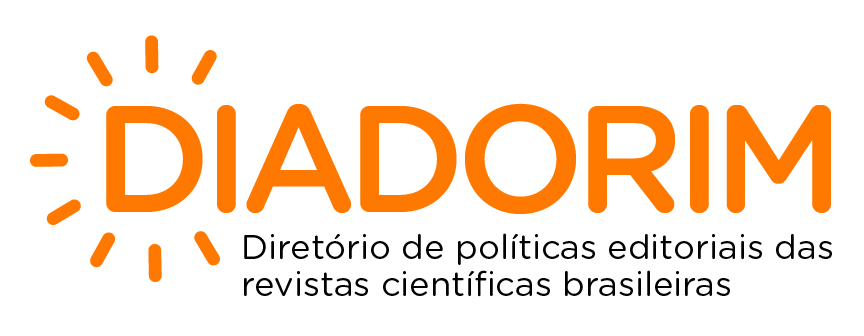EFFECT OF INSECTICIDES ON PREDATORS AND PARASITOIDS OF SOYBEAN PESTS
Resumen
To evaluate the effect of chemical and biological insecticides on predators and parasitoids of soybeanpests, an experiment with randomized block design , with plots measuring 100 x 100 m replicated three times, was setup. The treatments were applied two times on each plot, the first for controlling the velvetbean caterpillar (Anticarsiagemmatalis), and the second for stink bugs (Nezara viridula, Piezodorus guildinii and Euschistus heros) control.The treatments consisted of the insecticides and doses (g a.i./ha) applied two times: 1. endosulfan (210/525); 2.lambda-cyhalothrin; (4.5/9); 3. monocrotophos (96/180); 4. Baculovirus anticarsia (24 g formulated)/monocrotophos(120) + NaC1(0.5%). The shock method was used to sample the arthropod population, by applying a broad spectruminsecticide (dichlorvos) over the sampling area, collecting the dead insects on plastics placed on the round andtransferring them to the laboratory to be identified and counted. All insecticide treatments reduced the number ofpredators two days after being applied to control stink bugs, but only lambda-cyhalothrin showed a lower populationthan the check, 26 days after the first application. The determination index of parasitoid versus total dipteranspopulation was r2=0.99, meaning that the insecticide effect over the total dipterans and the population of parasitoidsof this orders was the same. The parasitoids populations and the index of parasitism of pests were not affected by thetreatments.
Descargas
Los autores declaran que el trabajo no ha sido publicado previamente, ni enviado simultáneamente para su publicación en otra revista y que están de acuerdo con la presentación, el contenido y la transferencia de los derechos de publicación del artículo en cuestión a la revista científica Pesquisa Agropecuária Ga´´ucha - PAG. Los autores asumen toda la responsabilidad por la originalidad del artículo y pueden incurrir en ellos por cualquier cargo que surja de reclamos de terceros en relación con la autoría del artículo. La reproducción completa de los artículos de la revista en otros medios electrónicos de uso gratuito está permitida bajo la licencia Creative Commons Reconocimiento-NoComercial-CompartirIgual 4.0 Internacional.



















